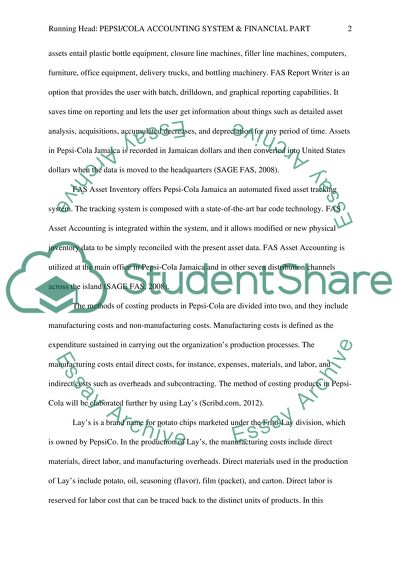Cite this document
(“Report on Pepsi/cola manufacturing company accounting system & Assignment”, n.d.)
Retrieved from https://studentshare.org/finance-accounting/1452081-report-on-pepsicola-manufacturing-company-accounting-system-financial-part
Retrieved from https://studentshare.org/finance-accounting/1452081-report-on-pepsicola-manufacturing-company-accounting-system-financial-part
(Report on Pepsi/Cola Manufacturing Company Accounting System & Assignment)
https://studentshare.org/finance-accounting/1452081-report-on-pepsicola-manufacturing-company-accounting-system-financial-part.
https://studentshare.org/finance-accounting/1452081-report-on-pepsicola-manufacturing-company-accounting-system-financial-part.
“Report on Pepsi/Cola Manufacturing Company Accounting System & Assignment”, n.d. https://studentshare.org/finance-accounting/1452081-report-on-pepsicola-manufacturing-company-accounting-system-financial-part.


